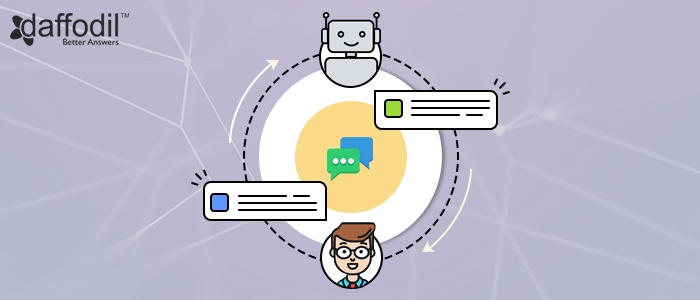
Chatbots are one of the most versatile tools that businesses (irrespective of the industry) are using. They are enhancing customer support & services, process transactions, place orders, recommend new products, provide price alerts, share insightful information, book appointments, and more.
While chatbots can automate a number of tasks within a business, there is no one type of chatbot that can work for all. The type of chatbot, its scale, features & functionalities completely depends upon business requirements.
Despite varying requirements, there is a set of essential elements that every chatbot possesses. The later segment discusses such 5 elements that lay down the basis for every chatbot, making it easy for businesses to get started with a chatbot.
1. Channel for Chatbot
The first and foremost thing to decide when starting with chatbot development is to decide a channel that the bot will use to send and receive the messages. There are a number of popular messaging apps available these days where chatbots live. Some of the names include Whatsapp, Slack, Twilio, Skype, Telegram, Twitter, etc. Depending upon what kind of customer-base or audience you have for the chatbot, a relevant channel can be chosen.
2. Conversational Intelligence
For chatbots to have natural conversations with users, it is important for them to have conversational intelligence. Understanding the context, sub-intents, and responding accordingly is the core element of a powerful chatbot.
Chatbots that have conversational intelligence form an empathic connection with the users that help the prospects/customers to connect with the brand, convert, and stay with them.
3. Development Platform
For chatbot development, there are a number of DIY tools available that help businesses to build a bot without much technical know-how. Some of the popular chatbot development tools are Chatfuel, Microsoft Bot Framework, Facebook’s Bot for Messenger, etc. These DIY tools come with their set of advantages and limitations. For example, they can assist in creating simple chatbot solutions that can manage simple Q/A tasks but it won’t be able to answer complex queries. That’s where custom chatbot development comes in. You can check out the cons and pros of choosing any of the development platforms in the link shared below.
ALSO READ: Off-the-Shelf (DIY) vs Custom Chatbot Development
4. Technology Selection
Depending upon the type of chatbot to be created-scale, complexity, tasks automated, a technology stack will be selected for chatbot development. Along with natural language processing and machine learning, technologies such as lexical analysis, semantic analysis, pragmatic analysis, discourse integration are the technologies that help in designing a powerful chatbot.
5. Data Sources
When chatbots are more than just a customer service provider and interacts with business and customers in real-time, data sources matter. Understanding user requirements and responding them with relevant data- suggesting products, updating order status, presenting information as per the user query and intent is done using the business database.
Getting Started with Chatbot Development
Along with the 5 core elements shared above for chatbot development, there are a number of factors that contribute to building a significant conversational UI for business. To discuss what they are, discuss your business and their requirement with our AI experts through our 30- minute free consultation service.



